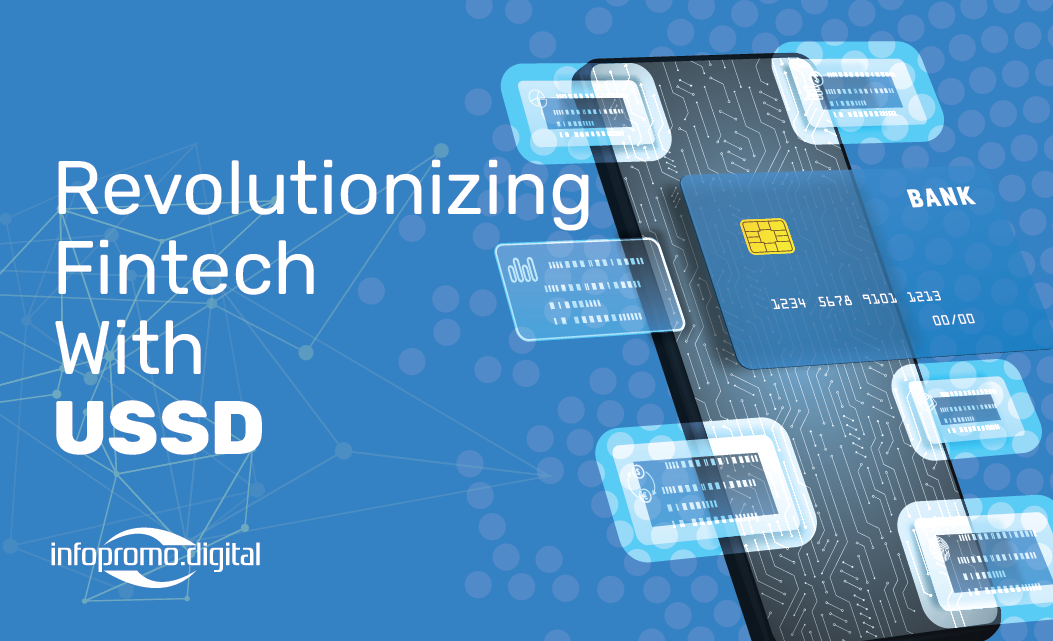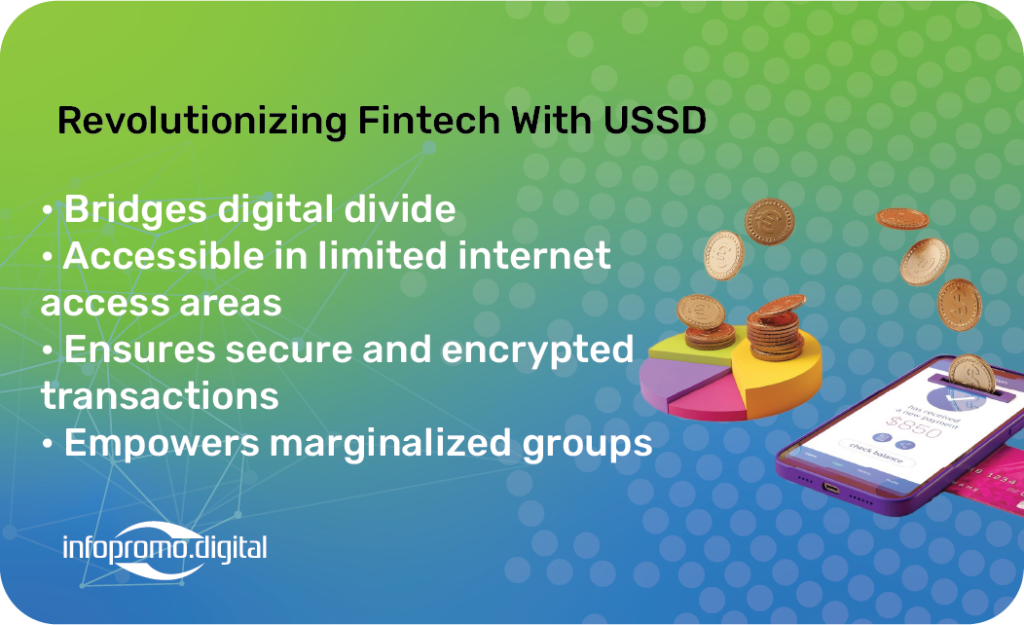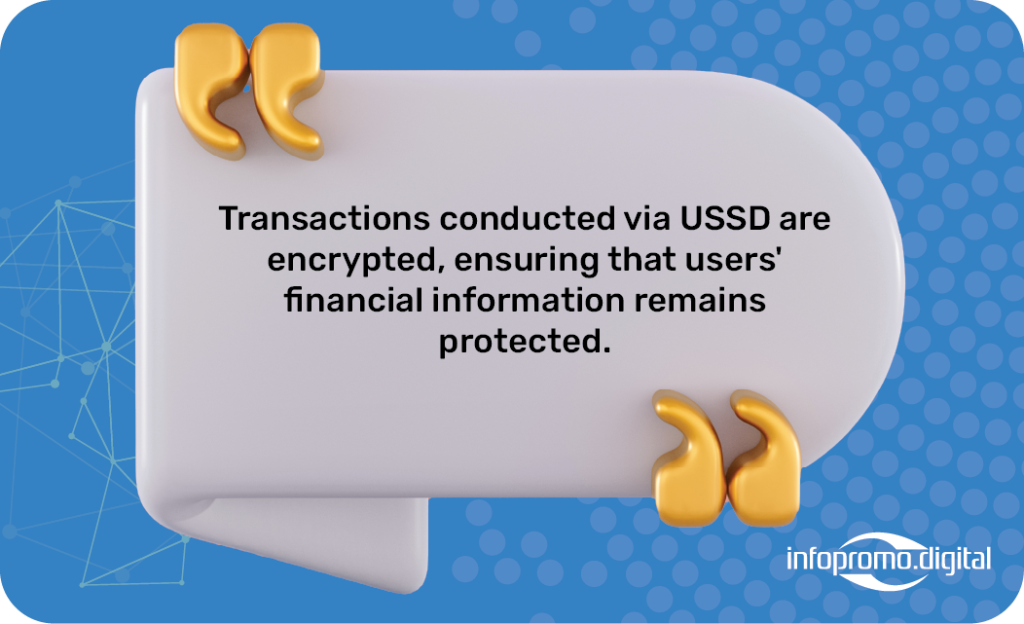
Unstructured Supplementary Service Data (USSD) is revolutionizing the fintech industry, transforming mobile banking and financial services. This technology allows users to interact with their banks and financial institutions through simple, text-based commands on their mobile phones. As USSD continues to evolve, it empowers individuals, especially in regions with limited internet access, to easily access essential financial services.

The Role of USSD in Fintech USSD technology is a game-changer in the fintech sector. It provides a cost-effective, efficient, and accessible way for users to perform various banking transactions. Unlike smartphone apps that require an internet connection, USSD works on any mobile phone with a GSM connection, making it a crucial tool in developing countries.
Accessibility and Inclusivity One of the most significant advantages of USSD is its ability to bridge the digital divide. In areas where internet connectivity is unreliable or non-existent, USSD ensures that individuals can still access banking services. This inclusivity extends to rural and underserved communities, where traditional banking infrastructure is often lacking. By using USSD, people can check their account balances, transfer money, pay bills, and even access micro-loans without the need for a smartphone or internet connection.
Security and Reliability USSD offers a secure and reliable platform for mobile banking. Transactions conducted via USSD are encrypted, ensuring that users’ financial information remains protected. Additionally, USSD sessions are not stored on the user’s device, reducing the risk of sensitive data being compromised. This level of security is critical in building trust among users, encouraging wider adoption of mobile banking services.
Empowering Financial Independence By leveraging USSD technology, financial institutions can provide a range of services that empower individuals financially. Microfinance initiatives, savings programs, and insurance services can be easily accessed through USSD, promoting financial literacy and independence. This empowerment is particularly impactful for women and marginalized groups, who often face barriers in accessing traditional banking services.

Future Prospects The future of USSD in fintech is promising. As technology advances, we can expect more innovative applications of USSD in financial services. Integration with blockchain technology, for instance, could further enhance the security and transparency of transactions. Additionally, partnerships between telecom operators and financial institutions will continue to expand the reach of USSD services, driving financial inclusion on a global scale.
Conclusion USSD is undeniably transforming the fintech landscape, making financial services more accessible, secure, and inclusive. By harnessing the power of USSD, we can empower individuals, especially those in underserved regions, to achieve financial independence and stability. As we look to the future, the potential of USSD in revolutionizing mobile banking remains immense, promising a more inclusive and financially empowered world.




